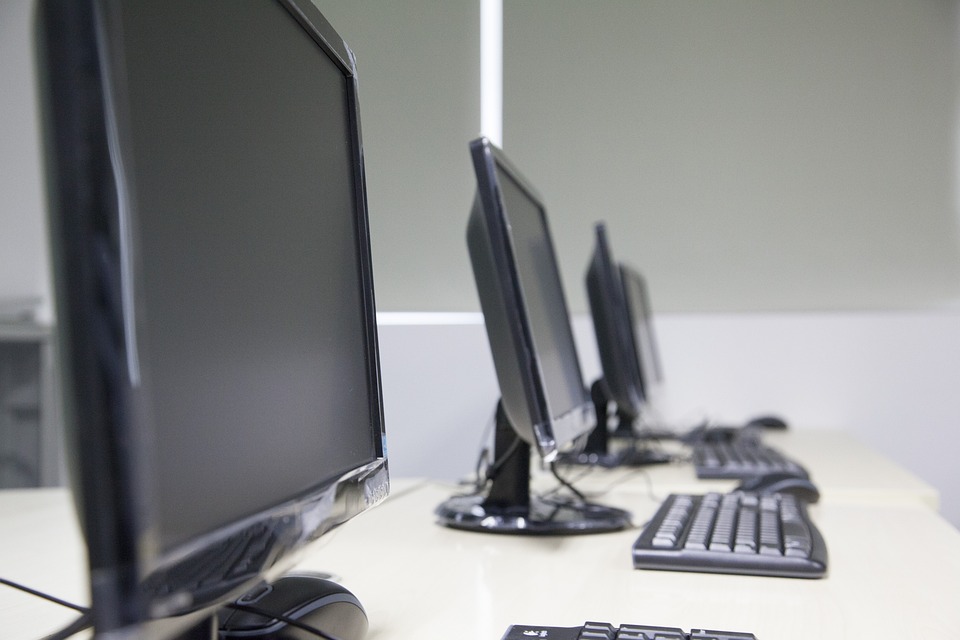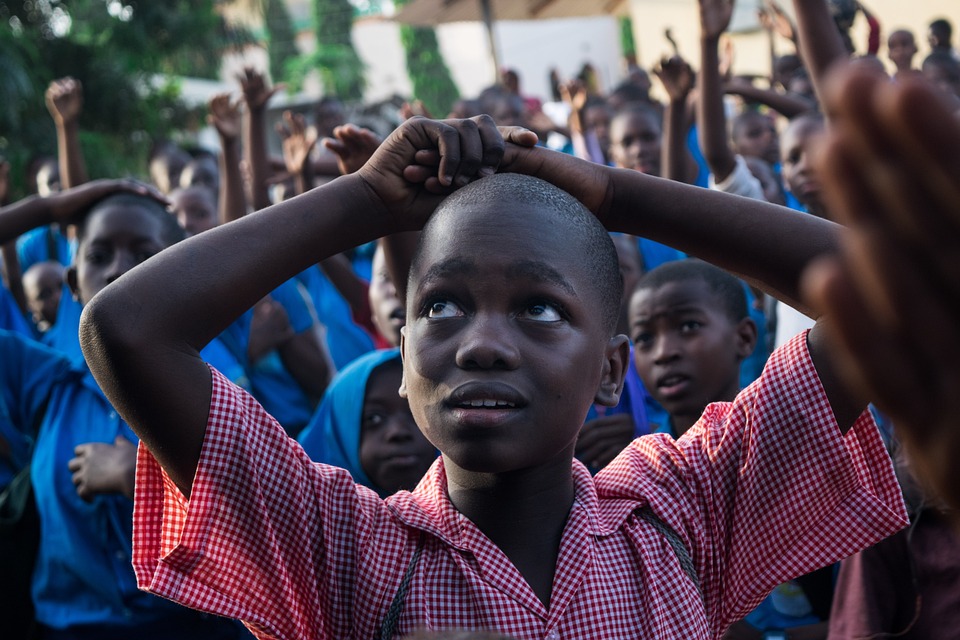Goals:
Main objectives:
– Provide a clear and comprehensive understanding of the concepts of sustainability and the environment, as well as the relationship between them. (Skill 1)
– Develop critical and systemic thinking skills in students to analyze how human actions affect the environment and how they can be modified for more sustainable results. (Skills 2, 3)
– Instill in students the importance of making ethical and responsible decisions in relation to the environment and sustainability, considering the needs of future generations. (Skill 5)
Secondary objectives:
– Stimulate students’ creativity and innovation in developing solutions to environmental and sustainability challenges. (Skill 4)
– Promote collaboration among students, valuing diversity of perspectives and encouraging teamwork to achieve sustainable goals. (Skill 6)
– Foster efficient communication skills in students, enabling them to express ideas about sustainability and the environment in a clear and convincing way. (Skill 7)
– Highlight the relevance of sustainability in all areas of life, encouraging students to incorporate it into different disciplines and practices. (Skill 8)
– Encourage students to evaluate the impact of environmental policies and practices, using appropriate research methods. (Skill 9)
– Cultivate students’ ability to engage in action and advocacy, promoting sustainability at the local, national and global level. (Skill 10)
Introduction:
To start the class, the teacher will review the concepts discussed in the previous class on “Principles of Sustainability”. It will then present two problem situations related to human actions in the environment. The relevance of the topic will be contextualized by highlighting that sustainability aims to guarantee a prosperous future for the next generations and citing real examples of problems caused by a lack of sustainability.
Development:
– Review of previous knowledge: The teacher will review key sustainability and environmental concepts covered in previous classes.
– Presentation of the theory: The teacher will explain the relationship between sustainability and the environment, addressing the three pillars of sustainability.
– Practical activities:
– Environmental Impact Simulation Game: Students will make decisions in a game representing an ecosystem.
– Designing sustainable solutions: Students will be challenged to design solutions to specific environmental problems in groups.
Return:
– Learning Check: Students will share what they learned during the activities.
– Student feedback: Students will provide feedback on the lesson.
Homework:
The teacher will suggest a list of exercises for students to solve at home, in order to reinforce the concepts learned in the classroom.
Conclusion:
The teacher will summarize the main points discussed, highlighting the importance of sustainability in students' daily lives. The relevance of sustainability and care for the environment will be reinforced to build a prosperous and sustainable future for all. Additional materials for further study will be suggested to students as a way of deepening the topics presented.


